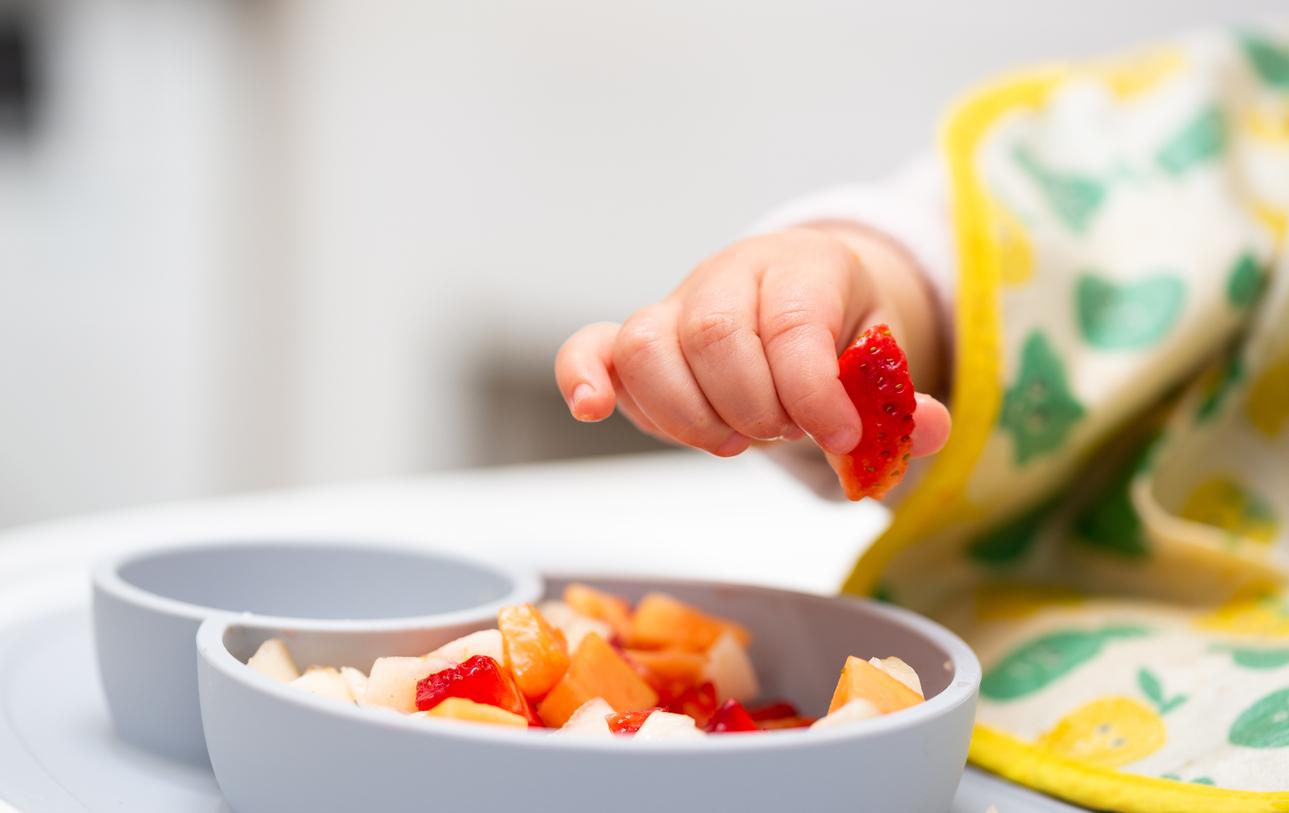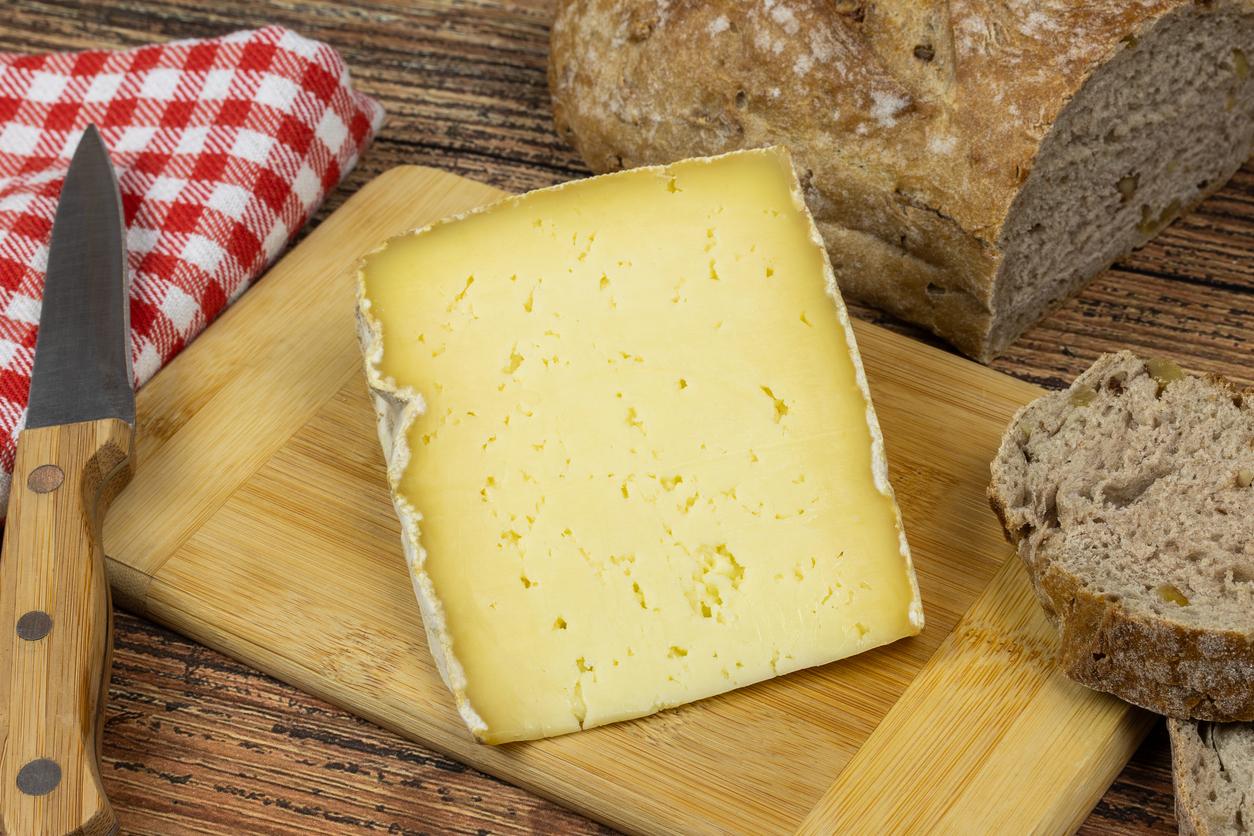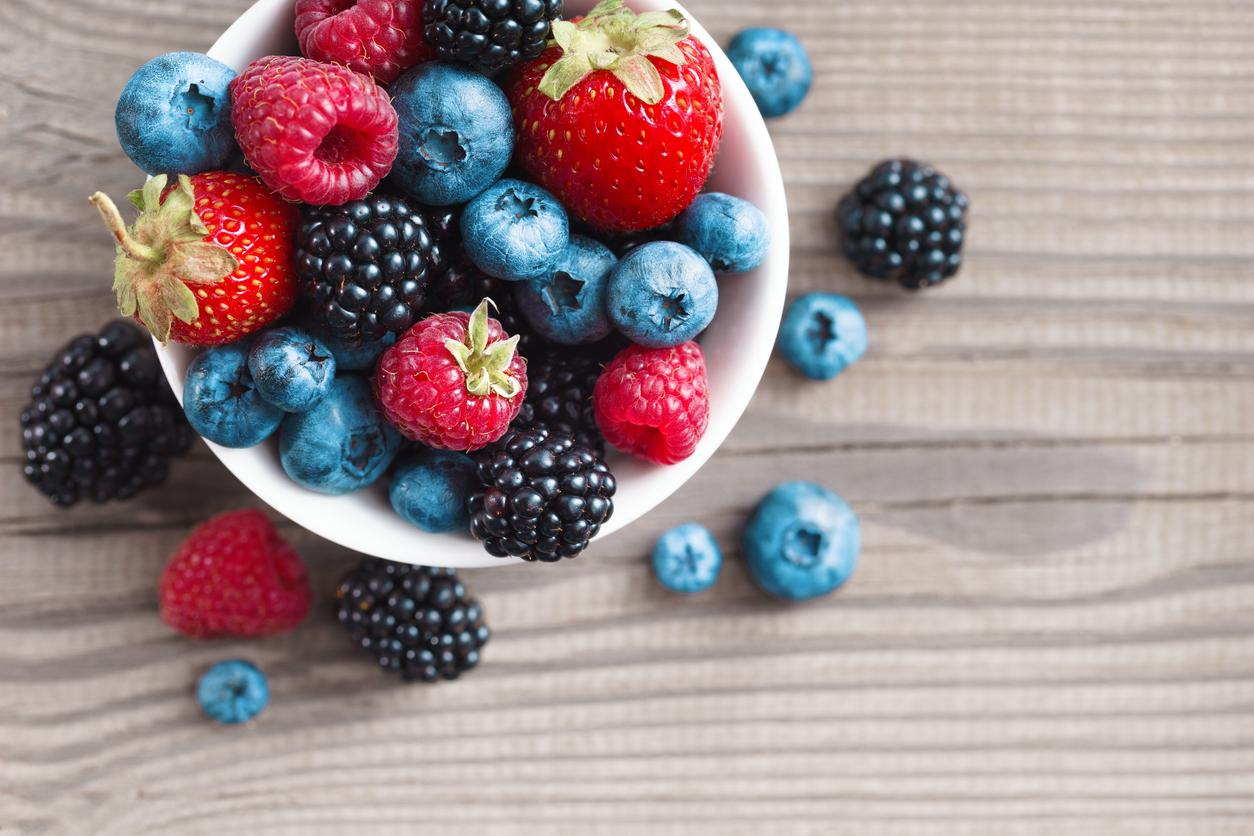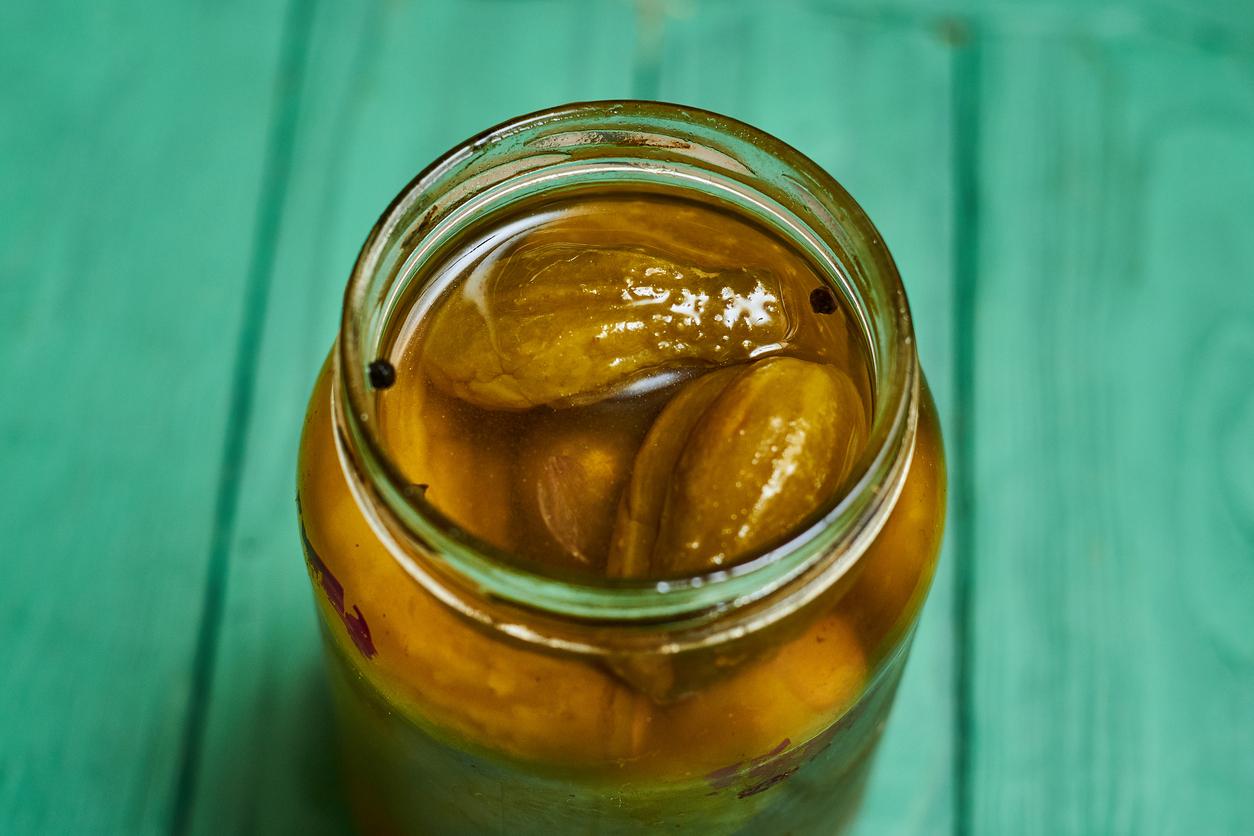A quarter of French people monitor their dietary balance but one in ten regularly consumes snacks, according to the INCA2 study.

Not all French people reach 5 fruits and vegetables per day. A few aim for this objective, even if they are not numerous. According to the INCA2 study, conducted by the National Health Security Agency (ANSES), barely a quarter of the population monitors their diet. Its detailed dietary profile is published in the British Journal of Nutrition.
Fat and salty traditions
The INCA2 study brings together the responses of 1,455 children and 2,624 adults to specific questionnaires on their consumption habits. These are rather homogeneous since 94% of the French eat bread and 98% vegetables. Slightly fewer people consume fruit and eggs.
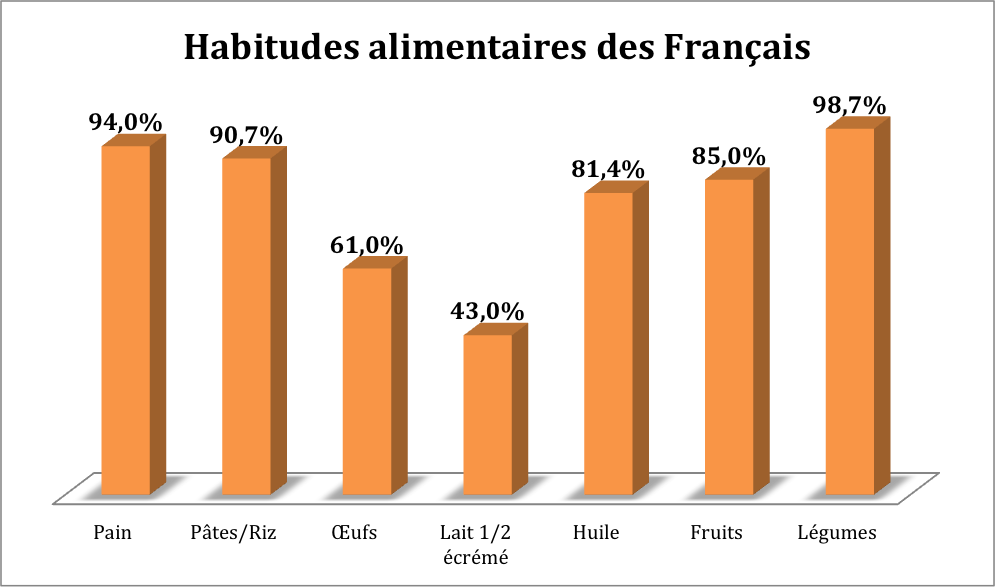
Source: INCA2 study (2005-2007)
A quarter of the respondents belong to the group of “small eaters”. They use different types of diets but in a variety of ways and in small amounts. In this group, there are many women who have not received a high level of education.
The second most represented group is that of people who eat a “traditional” diet (16.5%), which is rather rich in fats, sugars and salt. Their meals contain alcohol, prepared meats, pastries, cereals or sweet cookies. These French people tend to swallow more calories. The researchers also note that women who belong to this category are more often victims of food insecurity (limited budget, poorly diversified sources of supply, etc.)
More fiber
Then come the followers of sweet or industrially prepared foods. 13.5% of the population give in to these products which are pleasing to the palate: breakfast cereals, fruit juices, chocolate bars, dairy desserts, quiches … If this “sweet tooth” allows them an increased supply of minerals, it also comes with more calories at the end of the day. In this group, we find mostly young people and men who suffer from food insecurity.
The Mediterranean diet comes in fourth position and appeals to 13% of French people, with rather high incomes and more advanced age. They have an enriched fiber intake through their consumption of vegetables, unprepared foods and dairy products. But contrary to the ordinary definition of this diet, they don’t eat more legumes.
The snack appeals to young people
Close to these concerns, 12.6% of respondents adopt a dietetic diet. The products they choose are rather low in fat, light. These are, typically, soups, fruit, tea or infusions. But they also love cakes and pastries. Proof of the benefits of this attention, these people consume more fiber and dairy products. Here too, the French in this group are older and earn a better living.
The last two groups bring together people who favor pleasure over balance: “snack” enthusiasts (11.5%) and those who have “basic” consumption (10%). In the first category, which brings together mainly young people, people with little education and low income, take-out or industrially prepared foods largely dominate. In the second, butter and animal fats are combined with pasta, rice and potatoes accompanied by yoghurt. Not surprisingly, the calorie count is exploding in these two groups.
.









